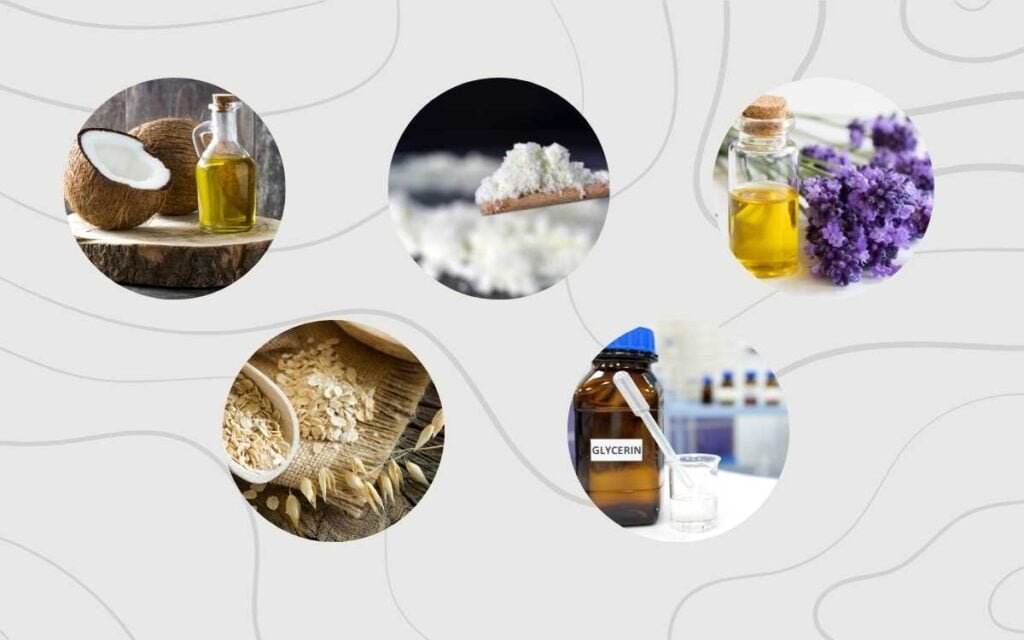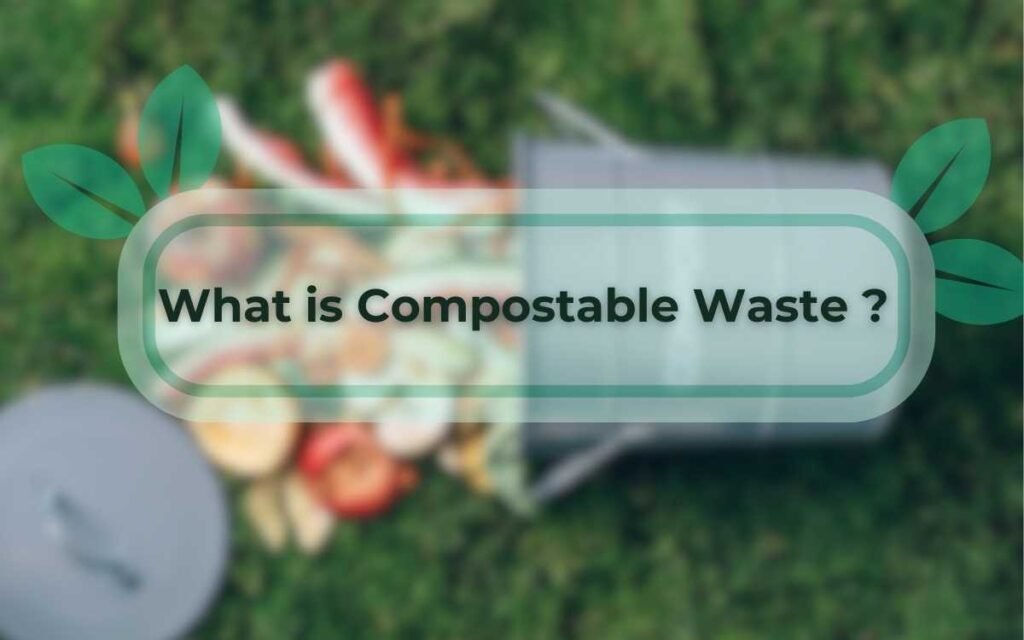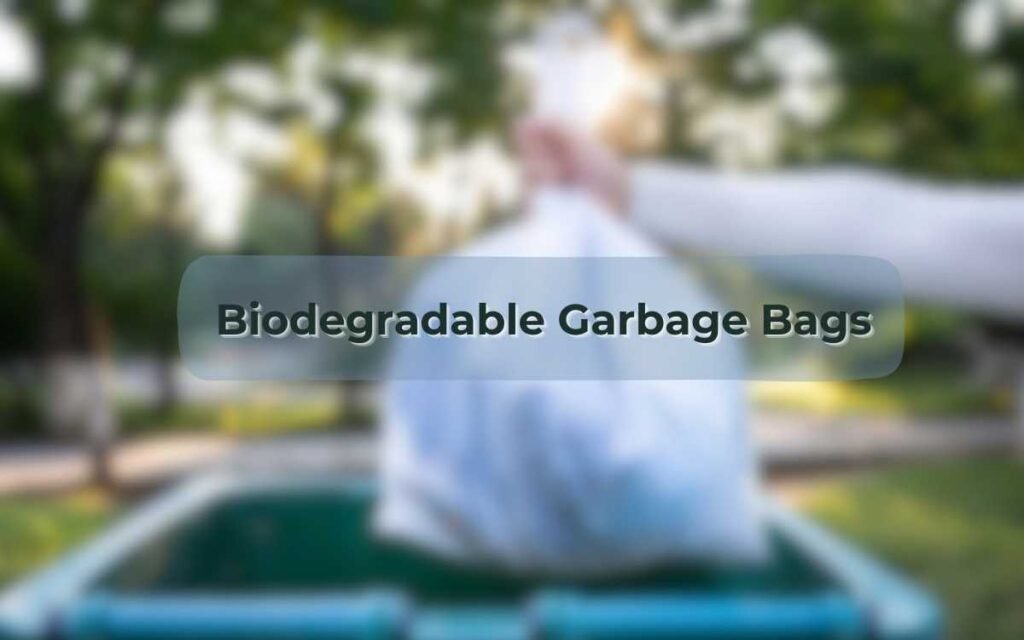
- Introduction
- Is Soap 100% Biodegradable
- List Ingredients of Biodegradable Soap
- Breaking it Down: Soap Usability in Simple Stats
- Can Biodegradable Soap Expire?
- Why You Should Use Biodegradable Soap?
- Some Common Harmful Chemicals in Regular Soap
- How Soap Dissolves in the Environment: A Closer Look
- Is Animal Fat Used in Biodegradable Soap?
- How to Make Biodegradable Soap: A Step-by-Step Guide
- Considerations When Choosing Biodegradable Soap
- Bottom Line
- FAQ's
Introduction
Every day, we do things that connect us to the world. One common thing we all do is wash our hands. Have you ever thought about what happens to the soap when it goes down the drain? We’re asking: Does soap break down naturally?
In this article, we’ll explore is truly soap biodegradable, what soap is made of and what happens to it in the environment.
Knowing if soap is good for nature helps us choose better as shoppers. So, stay with us as we figure out what impact soap has on the environment.
Is Soap 100% Biodegradable

No, not all soaps are 100% biodegradable.
Let’s delve deeper into this topic. The biodegradability of bar depends on its ingredients. The manufacturing process also plays a role. Traditionally, soaps were made using natural ingredients like fats and lye. These bars break down naturally over time and tend to be biodegradable.
Soap-making has changed a lot with new ways of manufacturing. To make people happy, soaps now have different qualities.
But here’s the catch: many bars you buy in stores have fake stuff like chemicals, colors, and smells (like triclocarban and triclosan). The problem is, tiny living things can’t break down these fake things, and they don’t go away by themselves.
So, when you wash these bars down the sink, some leftovers stick around in nature. This can be bad and might cause problems.
That’s why it’s important to check what’s in the bars you buy. Choosing soaps that break down easily is better for the environment.
Some bars claim to be 100% biodegradable. Even so, it’s important to check the ingredients list.
List Ingredients of Biodegradable Soap

Exploring eco-friendly products is a journey. Understanding biodegradable bars is an important part of this.
Below, we highlight the main ingredients in these soaps.
1. Natural Oils and Fats
Traditionally, it used natural fats or oils. Examples include coconut oil, olive oil, and shea butter. These ingredients are gentle on the skin. They also decompose naturally in the environment.
2. Lye
Lye is crucial in the soap-making process. There are two types: sodium hydroxide for hard cleanser and potassium hydroxide for liquid cleanser. Lye reacts with fats to create soap. This chemical reaction called saponification. If made correctly and cured well, the final soap has no leftover lye. This makes it safe and biodegradable.
3. Essential Oils
Many biodegradable cleansers use natural essential oils for scent. Examples are lavender, peppermint, and tea tree. These oils give a pleasant smell. They are also eco-friendly, breaking down without harmful residues.
4. Natural Additives
Some cleansers contain ingredients like oatmeal, herbs, or clay for added benefits. These natural additions enhance it’s properties and are environmentally benign.
5. Plant-based Glycerin
Glycerin, a by-product of the soap-making process, offers moisturizing benefits. In biodegradable soaps, it’s derived from plant sources and is entirely eco-friendly.
Breaking it Down: Soap Usability in Simple Stats

This number tells us how many people in the United States used bar soap from 2011 to 2020, and it predicts the expected number until 2024. The information comes from Statista, using U.S. Census data and the Simmons National Consumer Survey.
In 2020, about 276.2 million Americans used bar soap, and it’s expected to go up to about 282.58 million in 2024.
During the pandemic, when we use a lot of detergents and soaps for cleaning, these products end up in the sewage system and, eventually, in the environment.
Each person uses between 0.4 to 9 ml of soap in every hand wash.
This can be a problem for freshwater bodies. The high amount of detergents can create a lot of foam on the water’s surface, making it hard for oxygen to get into the water. This is bad for aquatic creatures because they need oxygen to survive.
The detergents also change the water’s chemical and physical features like pH, turbidity, salinity, and temperature. This can harm fish and affect how much oxygen they can use, causing damage to their gills.
Can Biodegradable Soap Expire?

Yes, biodegradable soap can expire. In other words, you may say it has short life, because we don’t put any preservative or chemicals to increase its shelf life.
It’s effectiveness may decline over time. So, it has not any chance to order in bulk.
It’s shelf life depends on a number of factors, including the type of cleanser, the ingredients used, and how it is stored.
Generally speaking, it can last up to 1 years if stored properly. However, it is important to check the expiration date on the packaging before using it.
Some Signs That Biodegradable Soap May Be Expired Include:
- It has lost its fragrance.
- It has changed color.
- It has become mushy or slimy.
- It has developed mold or mildew.
If you notice any of these signs, it is best to discard and purchase a new one.
Even if biodegradable bar has expired, it is still safe to use. However, it may not be as effective at cleaning and removing dirt and germs. It is also important to note that expired bar may be more likely to irritate your skin.
If you do decide to use expired biodegradable bar, be sure to wash your hands thoroughly after using it. You may also want to avoid using it on sensitive areas of your skin, such as your face and genitals.
Here are Some Tips for Storing Biodegradable Soap to Extend Its Shelf Life
- Keep it in a cool, dry place.
- Avoid storing in direct sunlight or near heat sources.
- Keep it in its original packaging, if possible.
- If you are not using the bar regularly, store it in a tightly sealed container.
Why You Should Use Biodegradable Soap?

There are many reasons why you should use it. Here are a few:
It is better for the environment. Non-biodegradable bars can pollute our waterways and harm aquatic life. When non-biodegradable bar goes into lakes and rivers, it creates a foamy scum. This scum blocks sunlight. It also stops oxygen from mixing into the water. This can suffocate fish and other aquatic creatures.
It is better for your health. Biodegradable bars use natural ingredients. These ingredients are less likely to irritate your skin. They also reduce the risk of other health issues.
Non-biodegradable bars can have harmful chemicals. Examples are phosphates and triclosan. These chemicals can pollute drinking water. They’ve been linked to issues like algae blooms. They can also play a role in fostering antibiotic resistance.
Biodegradable bar is a sustainable choice. They are made from renewable resources and can be composted at home. This helps to reduce our reliance on fossil fuels and landfills.
Some Common Harmful Chemicals in Regular Soap

1. Parabens
These are preservatives that can make your skin irritated and might lead to hormone problems, fertility issues, and different types of cancer.
2. Fragrance
This includes artificial scents that can cause allergies, skin issues, breathing problems, and mess with your hormones. They often come from petroleum-based chemicals.
3. Triclosan and Triclocarban
These are used to kill bacteria in cleansers but can also irritate your lungs, ears, and eyes. They mess with your thyroid, can harm your ability to have babies, and might cause cancer.
4. Sodium Lauryl Sulfate (SLS)
This is a foaming agent in bars that can make your skin itchy. It’s banned in some places but allowed in small amounts in others, like the US – disclosed by California’s Proposition 65 bill.
5. 1,4 Dioxane
This is a chemical that can be left in bars but doesn’t have to be listed in the ingredients. Too much exposure can hurt your organs and might cause cancer.
6. Formaldehyde
Even though it’s not listed, certain soap chemicals can release formaldehyde. It’s bad because it can cause cancer, skin issues, breathing problems, and harm the environment.
7. Ethanolamines (DEA, TEA, and MEA)
These are used to make it foamy or smell nice. They can mess with your hormones, harm the environment, and create substances that cause cancer.
8 Artificial Coloring
Some bars have added colors for fun, but these can expose you to harmful metals through your skin. Natural colors from oils are a better choice.
How Soap Dissolves in the Environment: A Closer Look

Soap, a daily essential in our lives, plays a significant role in our interactions with the environment.
But how exactly does it break down once it finds its way into nature?
Let’s delve into this.
The Mechanics of Soap Breakdown
It’s molecules are known as amphiphiles. They have two distinct ends. Hydrophilic, which means it loves water. And the other end is hydrophobic, meaning it avoids water. The hydrophilic end of the soap molecule is attracted to water, while the hydrophobic end is attracted to dirt and oil.
When it is added to water, the soap molecules form clusters called micelles. The micelles have a hydrophilic exterior and a hydrophobic interior. The dirt and oil particles are trapped in the hydrophobic interior of the micelles.
The micelles then suspend the dirt and oil particles in the water, which makes them easy to rinse away.
Timeframe for Soap Decomposition
The decomposition of bars varies. It depends on the bar type. The ingredients play a role. Environmental conditions also influence it.
Generally speaking, it will decompose within a few weeks to a few months. Non-biodegradable soaps, on the other hand, can take many years (not sure) to decompose.
Is Animal Fat Used in Biodegradable Soap?

Yes, it can be.
Historically, many soaps used animal fats. These fats included tallow from beef or mutton and lard from pigs. During soap-making, these fats undergo saponification with an alkali, usually lye.
This process produces soap and glycerin. bars made from animal fats are biodegradable. Hence, they naturally decompose in the environment.
However, today’s soap market is diverse. There’s a rising trend for plant-based and vegan soaps.
These soaps don’t use animal derivatives. Instead, they use plant oils such as coconut, palm, and olive oil. Vegan soaps are biodegradable too.
However, the use of animal fats in soap-making still exists.
How to Make Biodegradable Soap: A Step-by-Step Guide

Making handmade soap is a really fun process, but it’s important to be careful and precise. Let’s get started with the tools and ingredients.
Gathering Equipment
- Kitchen hob (heat source)
- Digital kitchen scale (for precise measurements)
- Silicone spatula (for stirring)
- Sieve (for straining the lye solution)
- Digital thermometer
- Stick blender
- Molds
- Protective gear: gloves and eye protection
Ingredients
- Shea butter 100g and coconut oil 110g
- Olive oil 225g and castor oil 25g
- Sodium hydroxide 65g
- Distilled water 120g
Before making it, set up your workspace with all the tools and measure your ingredients. Don’t forget to wear hand gloves and goggle to protect eye.
Making the Lye Solution
Start by making the lye solution. Pour all sodium hydroxide into distilled water at once, stirring immediately to prevent sticking. Be careful of the heat and steam. Once the lye is completely dissolved, cool the solution down to 100 degrees Fahrenheit by placing it in a basin of water.
Melting the Shea Butter and Oil
Now, move on to melting the oils using the kitchen hob and a stainless steel pan. Heat shea butter and coconut oil at a low flame, stirring continuously.
Coconut oil is great for it, and shea butter is a good alternative to tallow or palm oil.
After melting, set the solution aside. Pour olive oil and castor oil into the pan, continue stirring, and let the oils cool to 90-100 degrees Fahrenheit using a bowl of cold water.
Mixing Both Solutions
The lye solution is now cooler than the oils. Remove it from the water and make sure both solutions are between 90-100 degrees Fahrenheit.
Mix them together using a sieve and a stick blender at its lowest power.
Pulse and stir until it thickens to a warm custard or pudding-like texture, usually taking less than 2 minutes.
Recognize the right consistency, known as trace, by observing a trail of soap left on the surface of the blender.
Setting the Mold
Act quickly at this point. Remove the stick blender head, scrape any remaining soap back into the pan, and pour the solution into molds. Jiggle and tap the molds to settle the top.
Allowing the Mold to Set
Now, be patient. Allow the soap to sit for at least 2 days or 48 hours. You can place the mold in a cool kitchen or even in the refrigerator.
After 2 days, you can cut your soap into bars of your preferred size.
Considerations When Choosing Biodegradable Soap
Choosing a biodegradable soap is a great way to help the environment and show that you care about nature. To make sure you’re making a truly eco-friendly choice, consider a few important factors.

Ingredient List
Always check the ingredients. Biodegradable soaps usually don’t have harmful chemicals or synthetic fragrances. They use natural ingredients like plant-based oils and essential oils for scent.
Avoid soaps with synthetic stuff like triclosan, parabens, and phthalates.
Packaging
Even if it is biodegradable, it won’t help much if it’s in non-recyclable plastic. Look for soaps in minimal, eco-friendly, or recyclable packaging.
Source of Ingredients
Where the soap ingredients come from matters. For example, palm oil is natural, but if it’s from places with deforestation issues, it’s not so good.
Certifications
Check for certifications that support the soap’s eco-friendly claims. This could include organic certifications, cruelty-free badges, or specific biodegradable product certifications.
Brand Values
Dig into the brand’s values and practices. Some companies are committed to sustainability and eco-friendly initiatives. This can make you feel good about your choice.
Bottom Line
In summary, picking eco-friendly soap is good for you and the planet. These cleanser use natural stuff like oils and glycerin, which is better for your skin and nature.
Always check labels to be sure it’s truly eco-friendly. Be aware of signs like loss of smell or change in color, as these cleansers don’t have preservatives. Using eco-friendly cleanser not only benefits you but also keeps our water clean and avoids harmful chemicals in regular cleanser.
Know the risks of chemicals like parabens and triclosan found in regular cleanser. Eco-friendly cleanser breaks down naturally in a few weeks to months, showing it’s better for the environment. While some soaps still use animal fats, there are plant-based and vegan options to choose from.
Our DIY guide makes soap-making fun and easy, promoting a greener lifestyle. So, choose wisely for a healthier and Earth-friendly routine.





